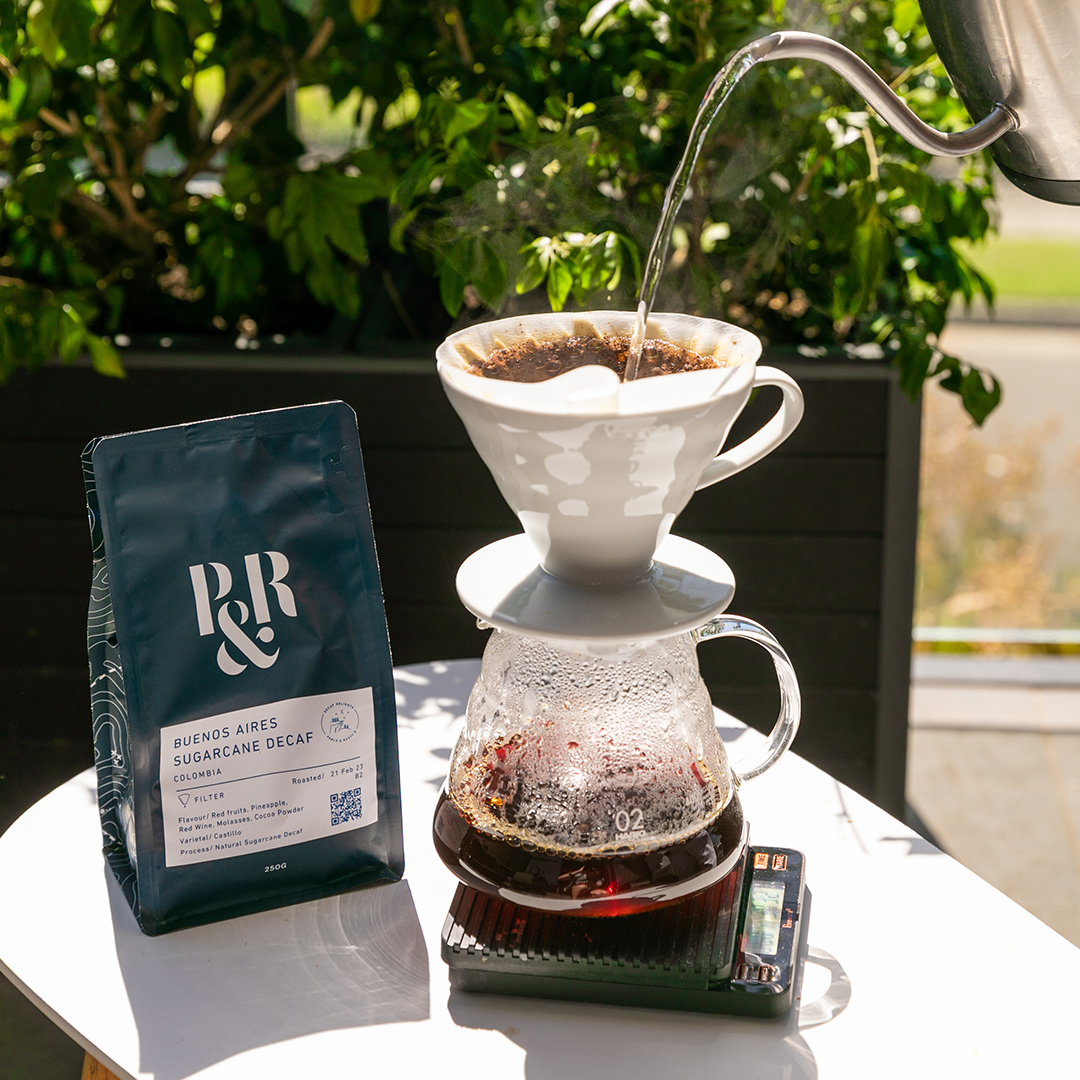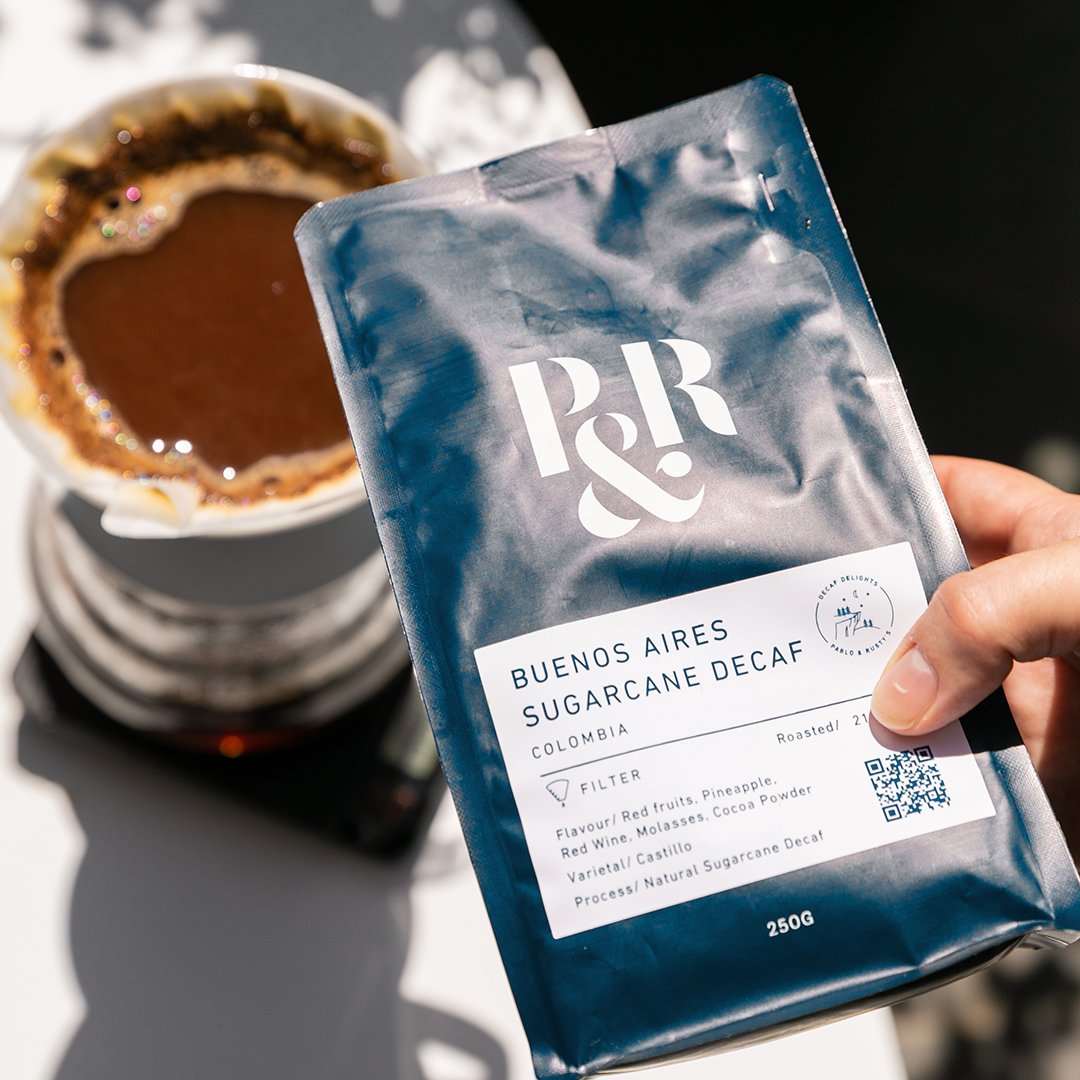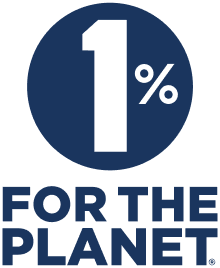Hey, my name is Dale, and I’m the Brewing Co-ordinator here at Pablo and Rusty's 👋
That means I’m here to ensure every bottle and can of P&R product that you open is the best it can be! From our Nitro to Concentrate, it’s all brewed with your best interests at heart.
I personally hold a bachelor's degree in Biomedical Science, and I am currently studying my Masters of Food Science. This masters program has allowed me to get well acquainted with the state of scientific literature and current knowledge around coffee.
Diving into the world of specialty coffee these past 2 years has opened my eyes to the world of possibilities present within coffee. I have learnt so much about coffee in this relatively short time at P&R, from the staff and wider coffee community. With this newly shaped enthusiasm I even dove off the deep end to pursue cutting edge academic research on coffee, while still making sure I can offer the best coffee in the most convenient form to you all. My research is mostly focused on minimising coffee waste, in many ways.
Coffee is complex and nuanced, so too is the academia around it. Hopefully I can help share a bit of this knowledge through these blogs.
My main goal with this blog post is to highlight the role caffeine plays in the beverage I am sure we all love. I am hoping to share some understandings, and clarify a few misconceptions around coffee and caffeine. Decidedly, I also hope to show that decaf should not be immediately dismissed, and despite some disrepute, can be a delicious drink (if you know what to look for 🙂)
What is Caffeine?
Most simply, caffeine is a chemical. It occurs naturally in many plants and can also now be synthesised chemically.
Natural caffeine exists as an organic insect repellent to prolong the life of plants. The caffeine acts as a deterrent to insects that would otherwise eat the leaves of the plant, causing it to struggle and potentially die.
There are differences between natural and synthetic caffeine. Natural caffeine can be found in more than 60 plants, including: green + black tea, yerba mate, cocoa beans (chocolate), and the kola nut. (Emma Gracia-Lor et. al. 2017). Many different staple beverages and daily treats can contribute to your daily natural caffeine intake!
In many of these plants caffeine developed for the same reason, survival. There are three main benefits plants got by evolving to produce caffeine:
- High levels of caffeine in the leaves and fruits of the plant would deter insects that would otherwise eat the leaves and fruits, causing the plant to thrive for longer.
- High caffeine presence in the fallen leaves and other plant matter would infect the ground around it, making it difficult for any competitive plants to occupy the same space.
- For those insects that could tolerate the caffeine, they would also feel a “buzz”, and return to the plant more frequently, increasing pollination.
Synthetic caffeine is present in formulated beverages (energy drinks, soft drinks), beauty products, pre-workouts and many more developed products.
Synthetic caffeine is the result of industrial scale, toxic chemical reactions, starting with ammonia and urea, reacting with methylene chloride, ethyl acetate, and carbon dioxide and more to create a purified bluish / whitish powder.
Synthetic caffeine is theoretically chemically identical to natural caffeine, yet much more concentrated and therefore more potent than the natural stuff. Being more potent, and potentially contaminated when compared to natural caffeine, it is known to have worse effects on people compared to natural caffeine.
Due to the potency, it is digested and absorbed into the body much faster, which leads to a faster energy spike, and a quicker crash too. There are also some reports that synthetic caffeine is more likely to trigger anxiety, jitters, stomach pain and other unpleasant side effects. Of course, the one positive for synthetic caffeine is that it’s cheaper to produce in bulk compared to natural.
Health Effects of Caffeine
Caffeine is a stimulant, and strictly speaking the world's most consumed psychoactive substance (NYT 2014). In humans it can cause increased heart rate, and increased alertness, excitability, dehydration, anxiety, restlessness and irritability (ADF 2021).
There is still an ongoing debate on whether or not caffeine and coffee is good for you. There are a few articles outlining the risks of general and overconsumption of caffeine, however for the most part there is evidence for beneficial effects of coffee consumption including: chronic disease, some cancers, and several neurological syndromes including Alzheimer’s, Parkinson’s and depression. (Giuseppe Grosso et. al. 2017)
As is generally understood and made explicit in Giuseppes paper, caffeine definitely has negative effects on pregnant women. Luckily for that portion of the population, coffee and caffeine have now been successfully de-coupled.
I’m sure that most of you reading this article are aware of the discussion around the health implications of coffee consumption, which often gets conflated with arguments about caffeine. That being said, for many coffee is an indulgence, if not an essential part of your daily routine. I will pose the question, how many of you have thought of great coffee, without the need for caffeine?
What is Coffee?
Coffee the beverage is an extraction of the flavourful aromatics and bioactive chemicals (caffeine included!) from the roasted seeds of the coffee plant.
We call these roasted seeds coffee beans, and they contain over 1000 components that contribute to their flavour and health benefits. Only one of these chemicals is caffeine, so there’s a lot more going on in your morning brew than just a caffeine buzz!
I’m sure that you’re all very familiar with the roasted beans and delicious, silky beverage that is coffee. And now we all know what caffeine is, but what you might not know is that chlorogenic acid (CGA) is the second most prevalent bioactive compound in coffee, with its own litany of studies and health benefits to boot! Trigonelline, cafesol, kahweol, dietary fibre, sugars, and many more tasty things are hidden in that delicious cup.
This medley of components varies depending on plant variety, growth region, altitude, farm and processing process, roasting and age. Lots goes into balancing the perfect cup you will drink. It’s an artform made with love from people at every stage, on the farms in the producing countries, to the people roasting and filling the bags locally, to the barista carefully filling your cup to get you through the day!
All of these compounds and production effects means that there is a lot more to a great cup of coffee than just the caffeine, in fact it’s possible to remove the caffeine from the beans and still leave a tasty, effective beverage; we call this Decaf!
What is Decaf?
Decaf, as the name implies, is “Decaffeinated” coffee!
That means it’s everything you love about the beverage, just taking away one of the thousand little pieces in it, so that you can still sleep soundly at night; even if you have a coffee after midday!
There are a few ways to achieve decaf, and these different processes each have their pros and cons.
The most common method for decaffeination is to use a chemical solvent, such as ethyl acetate, to steam and rinse away the caffeine from the green coffee beans before they’re roasted. This involves either directly or indirectly washing the beans with chemicals, extracting a lot more than just the caffeine. Everything extracted stays in the pool of chemical laden water, you can think of it like a french press style brew of the whole green coffee beans. That pool containing everything is then separated, cleaned of the solvents and caffeine, with all of the remaining flavourings and compounds being reintroduced to the original green coffee beans again. Thus the caffeine has been removed, and as much as possible the other components remain.
A better method is known as the “Swiss Water process”, and does not involve any chemical solvents. In lieu of chemical solvents, the whole green coffee beans are steeped in hot water, “extracted” to remove as much caffeine and everything as possible. The coffee beans are removed, and the liquid is filtered through charcoal filters to remove the caffeine. The coffee beans are sent on as decaffeinated at this point, the water is cleaned and recycled.
Both of these above methods result in decaf coffee that has earned a reputation for being sub-par. The chemical and swiss water processes remove a lot more than just the caffeine, with the swiss water making no effort to reinstate the lost compounds back into the beans, and the chemical method contaminating and tainting the flavour of the carefully cultivated crop, it makes sense that there is a stigma around decaf. Now those are the cheapest, and most common two methods for decaffeination, however there are always new horizons in specialty coffee and many ways we can offer a great cup without the buzz!
Supercritical Carbon Dioxide (CO2) sounds like something our of a sci-fi film. And in fact it acts like it too! It’s carbon dioxide, the thing we exhale, under high temperatures and very high pressure, behaves like a liquid and a gas at the same time! In this special circumstance, if it is introduced to soaked green coffee beans, it flows into them, dissolves only the caffeine and then very quickly evaporates once the pressure is let off, taking all of the caffeine with it. This method does not dilute the other flavour compounds, leave any residue that will affect the taste, and it removes all of the caffeine. Sounds too good to be true, but as it’s expensive and hard to perform at the moment, it’s sure to be popping up more and more in the future.
The Sugarcane process used in our Decaf Delights program preserves as much of the other aromatics and compounds as possible while removing 97% of the caffeine. That means you can still enjoy a delicious cup anytime of the day without the worry of staying up to late!
This sugarcane process is most similar to the swiss water method of decaffeination, however with the addition of sugarcane to the water. This addition preserves the sweetness, and has resulted in a perfectly balanced profile, tasting delicious with no downsides from the other decaf methods. Allowing us to offer a well priced, exceptional coffee with very little caffeine present.
Conclusion
Coffee is a very complex beverage, and great coffee is an experience unto itself. Coffee is not necessarily only caffeine, and in fact it’s possible to have a great coffee anytime of the day without the caffeine at all!
Next time you’re in a cafe or looking to buy a bag of beans for home, keep an eye out for the decaf offerings. Look at the decaf methods used, and consider that coffee isn’t just caffeine, and perhaps there is a whole world of delightful decaf for you to explore.
Explore the full range of P&R Decaf coffee here.
References:
Gracia-Lor E, Rousis NI, Zuccato E, et al., 2017, Estimation of caffeine intake from analysis of caffeine metabolites in wastewater, Sci Total Environ, Vol 609, Pages 1582 – 1588. <https://doi.org/10.1016/j.scitotenv.2017.07.258>.
Giuseppe Grosso, Justyna Godos, Fabio Galvano, Edward L. Giovannucci, 2017, Coffee, Caffeine, and Health Outcomes: An Umbrella Review, The Annual Review of Nutrition, Vol 37, pages 131-156.





